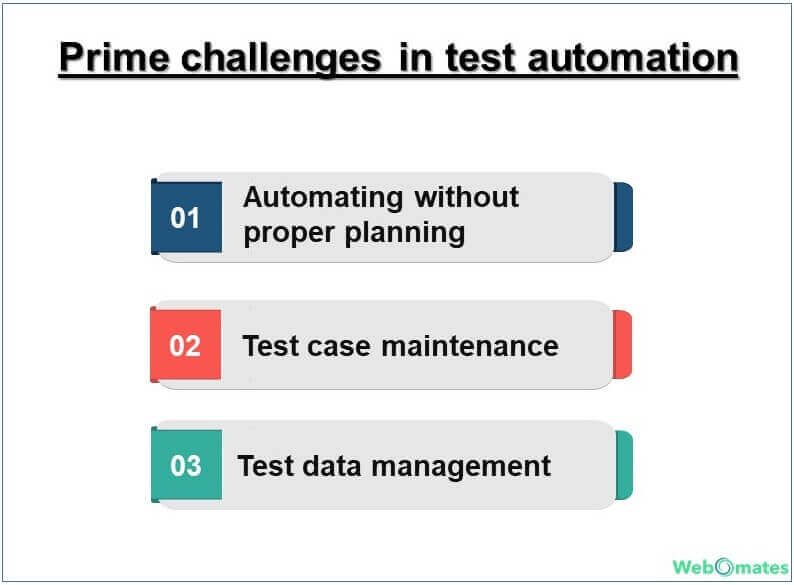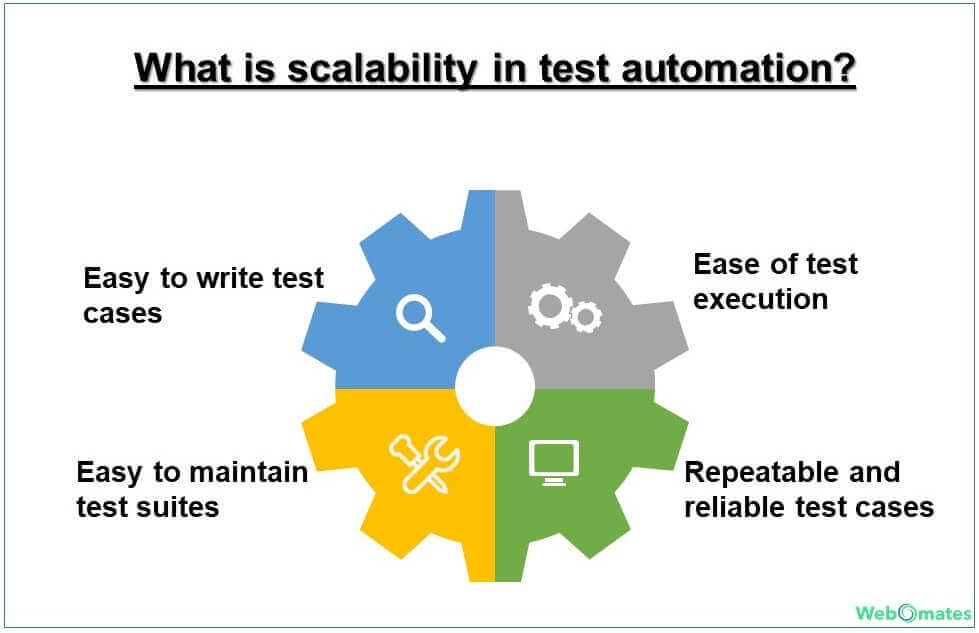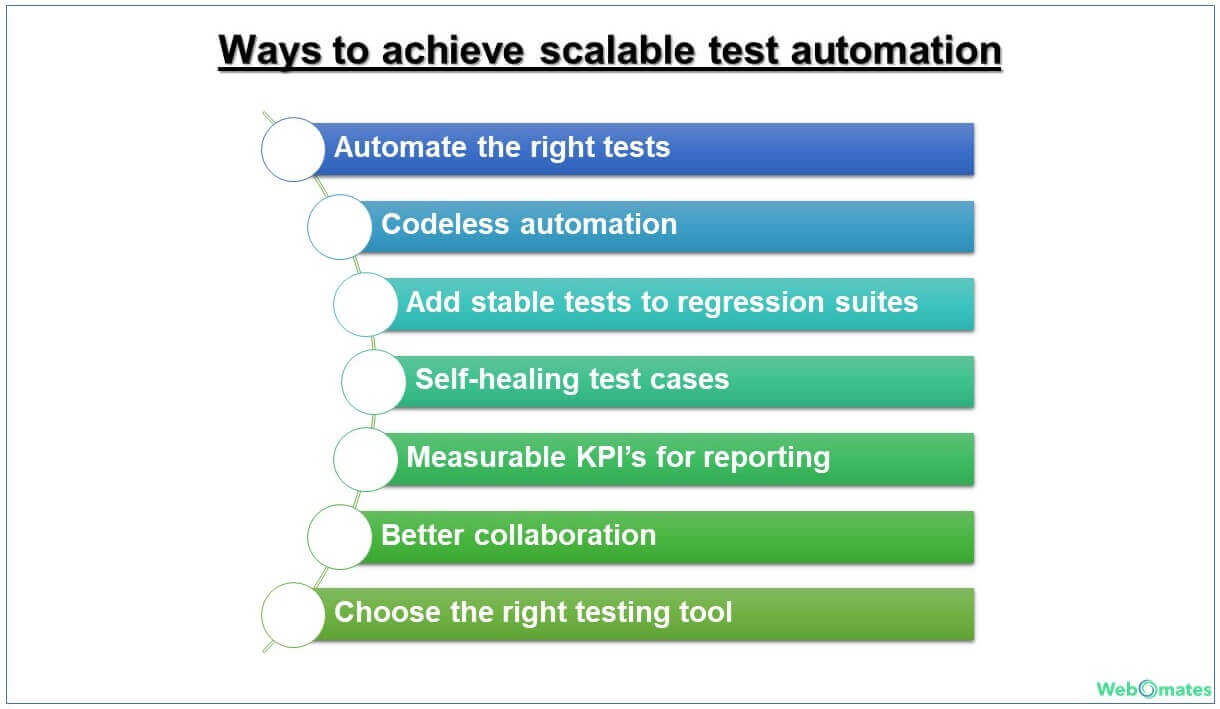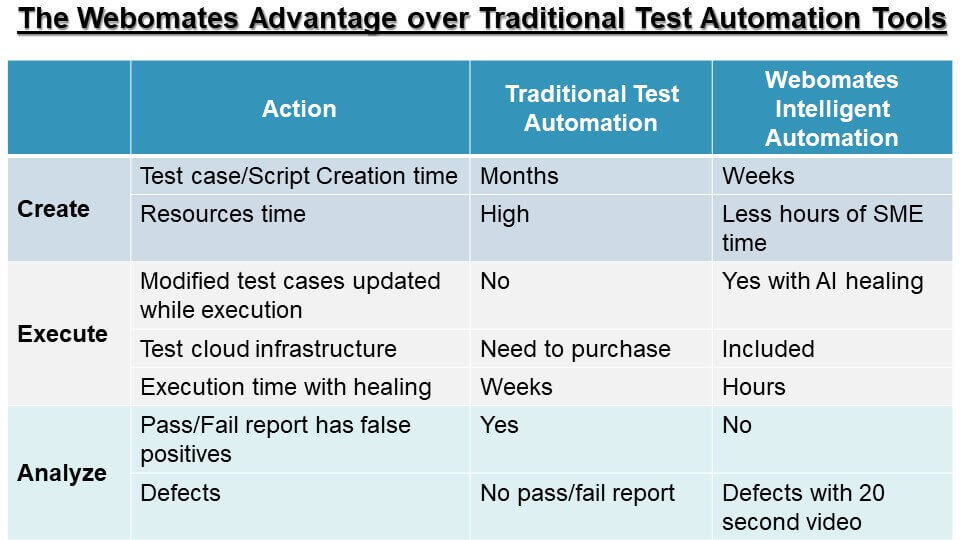Automation “executes”. Intelligent automation “thinks” and “learns”.
The tricky question of thorough testing needs to be addressed in a holistic and procedural manner. It’s good to have a great testing strategy on paper, but it’s even more important to properly execute and this is certainly not a walk in the park. Many businesses still grapple with the consequences of not implementing it.
In today’s digital age, where almost all businesses are digital, teams face intense competition to deliver innovative features swiftly and securely. With the urgency to deliver features with limited time, teams often focus on short-term product success over long-term in-depth testing benefits. This trade-off can have consequences, including software defects, security vulnerabilities, and dissatisfied users.
A proper intelligent testing automation strategy must be backed by a well-defined delivery structure, a balanced mix of technology enablers, and on-demand access to tools, technologies, test environments, and frameworks.
Critical Business Challenges
Let’s consider a banking application, and see how Intelligent test automation leverages artificial intelligence (AI) and machine learning (ML) technologies to streamline the testing process and address critical business problems.
1. Delayed Time to Market
Scenario: A banking application must update its mobile app to include a new payment feature.
Pain Point: With traditional ways of identifying defects at the last stages, there is less time to fix defects, thereby increasing the likelihood that they will be postponed until later increments or versions of the system, thus creating a “bow wave” of technical debt.
This can significantly delay product launches.
Solution: Shift Left Testing involves testing the application right from the beginning of the development process. Additionally, teams can fix defects in regression tests quickly with runtime Self-healing capability. Tools like the AI Defect Predictor tool help you to accelerate defect prediction and resolution, allowing teams to go to market with releases faster.
2. Decreased Software Quality due to Frequent Code Changes
Scenario: The development team keeps updating the application’s code due to changing requirements, security updates, defect fixes, code refactoring, or performance optimization.
Pain Point: Frequent code changes can introduce new defects. The teams struggle with a rapid development pace with minimum testing.
Solution: Intelligent Automation testing integrates into CI/CD pipelines, ensuring complete testing prior to the release. As per the scope of the build, you can scale up by getting build checks done via the 3 types of regression testing services, where the regression cycles are reduced from weeks to just hours.
- CI/CD — 15 mins to 1 hour
- Overnight with Exploratory — 8 hours
- Full with Exploratory — 24 hours
3. Lack of Testing Insights
Scenario: There is a specific defect pattern that keeps occurring in the application leading to similar issues and downtime.
Pain Point: Lack of data-driven insights impacts efficiency and leads to lower customer experience (CX). True intelligence starts when you can make intelligent decisions on demand.
Solution: AI thrives on information. It has the ability to collect and analyze data in real time. With test insights into the entire CI/CD pipeline, you can understand the effect of each change on the product, and their patterns and ultimately develop better customer experience strategies.
4. Security Vulnerabilities
Scenario: Your application collects enormous amounts of personally identifiable information and hence could be targeted by cyber criminals.
Pain Point: Misuse of data and unauthorized use of AI can have a negative impact on the business. Such malicious attacks could result in expensive lawsuits, penalties, and reputational damage.
Solution: When creating your applications, it’s critical to take end users’ privacy, transparency, and security issues into consideration. Conducting in-depth Performance Testing and Security testing ensures that the application does not have any web vulnerability that could potentially expose any sensitive data to an intruder or an attacker. Read for more click here : Transforming 6 Business Challenges into Smart Solutions
Read Next : Adhoc testing , Test Autoomation , Self healing test automation








